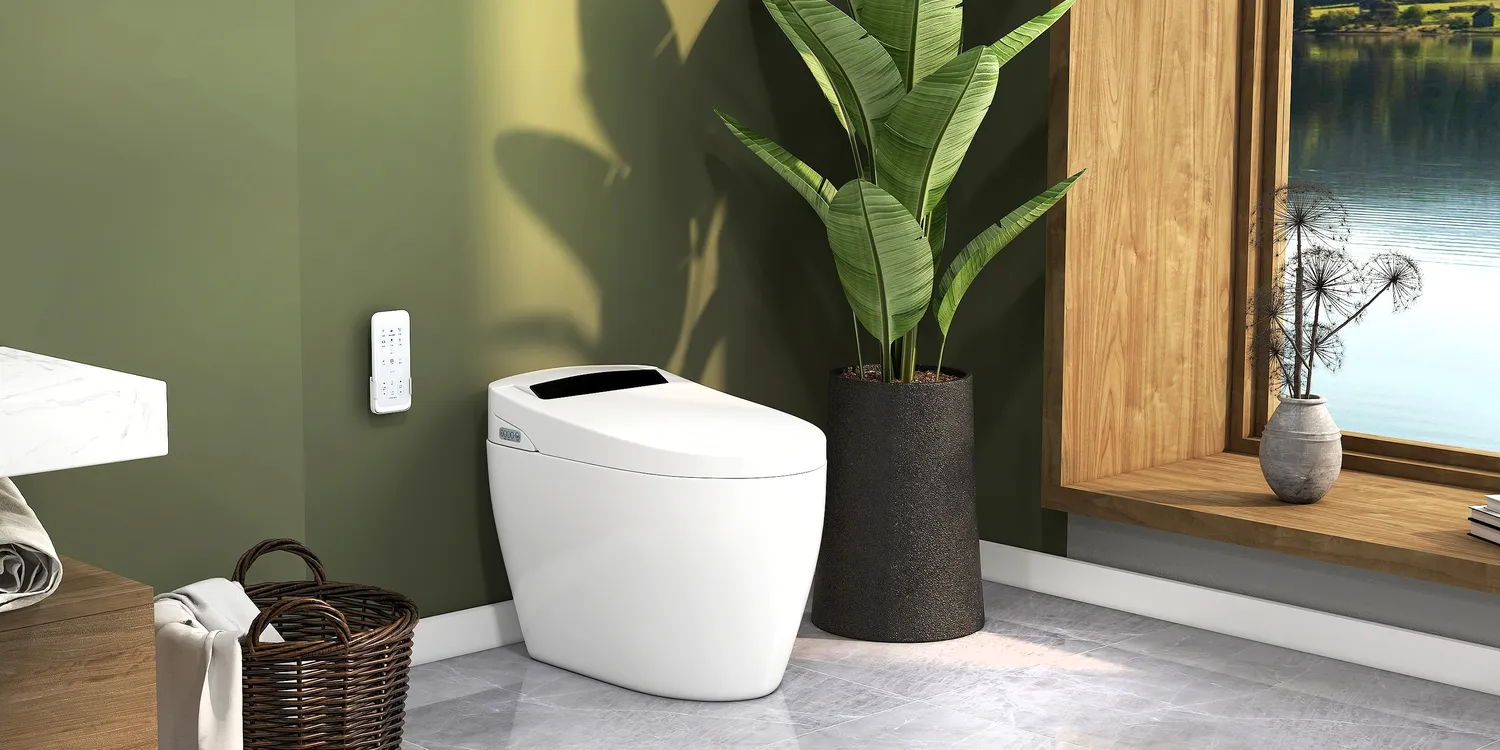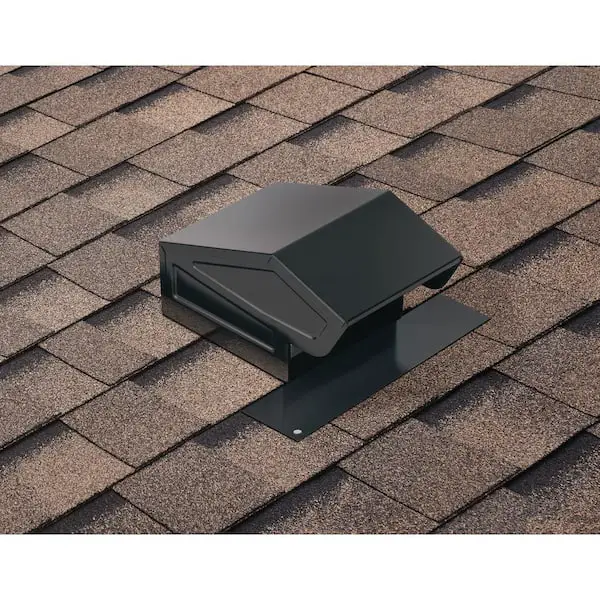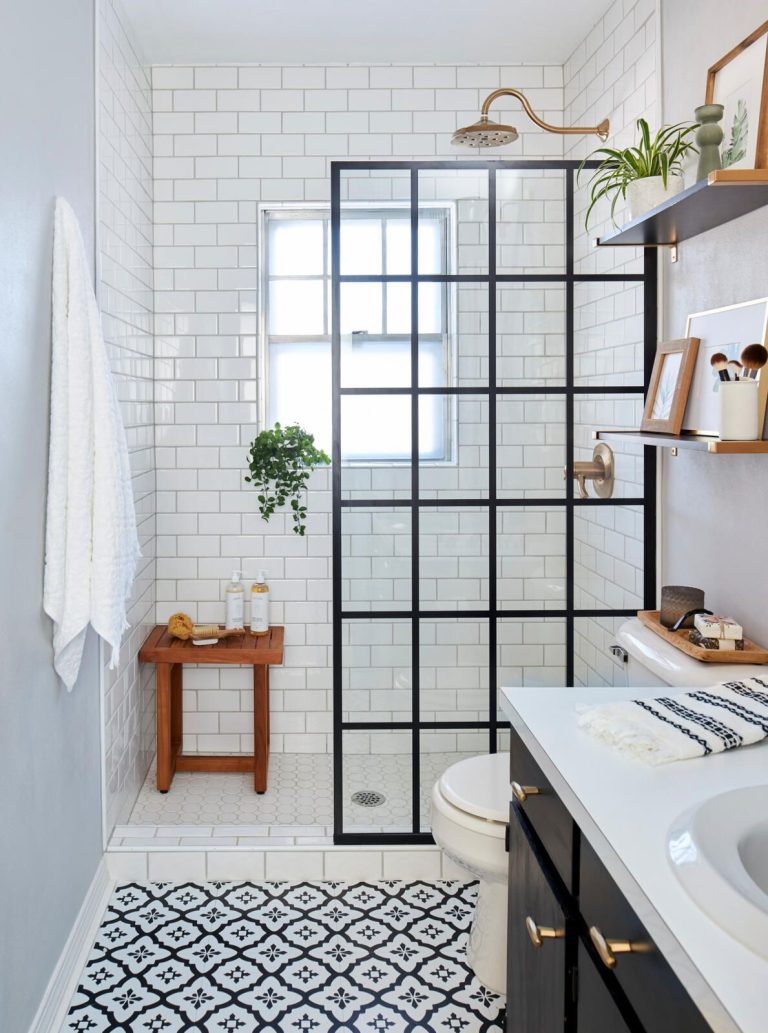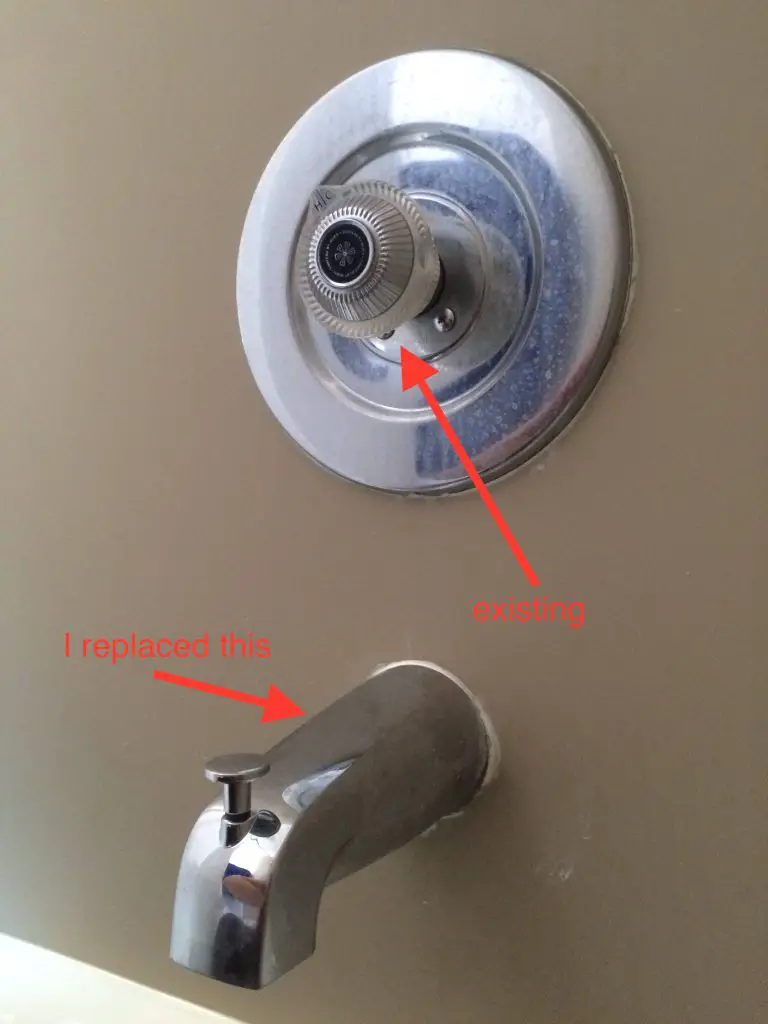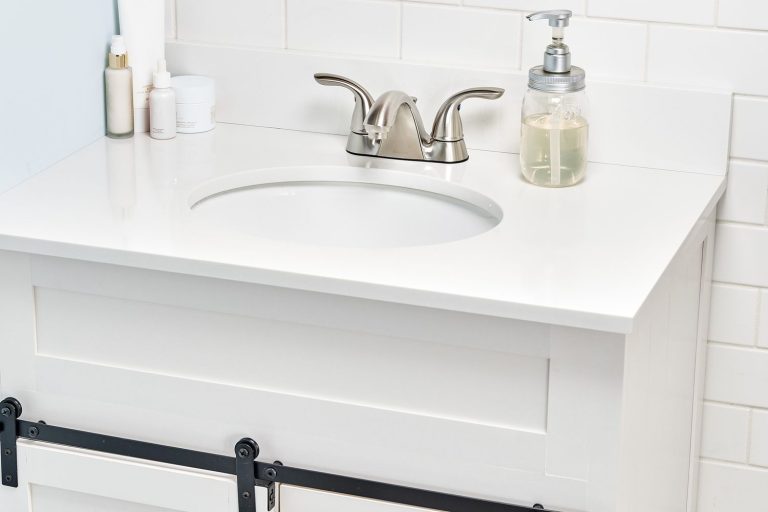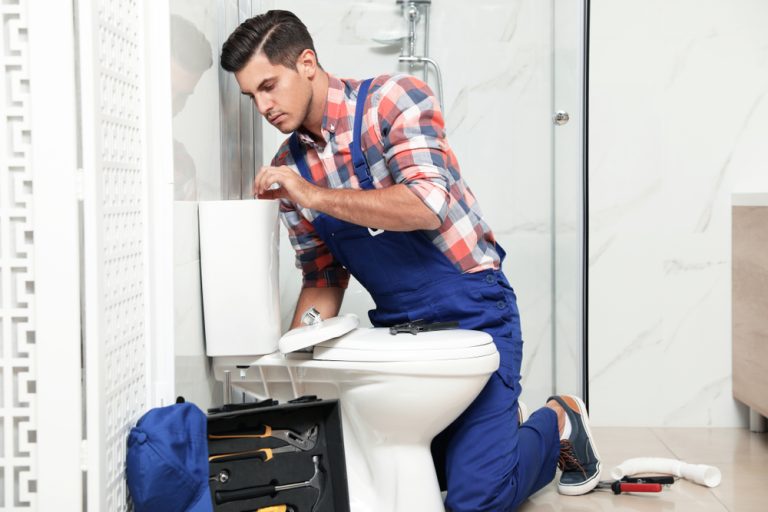Are Smart Toilets Environmentally Friendly?
Smart toilets are a relatively new development in bathroom technology, offering a range of high-tech features and promising to reduce our impact on the environment. With concerns about climate change and resource depletion becoming more urgent, many people are looking for ways to reduce their environmental impact at home. But are smart toilets really environmentally friendly? While they do offer some benefits over traditional toilets in terms of water and energy usage, there are also some concerns about their overall impact. In this article, we’ll take a closer look at the environmental pros and cons of smart toilets, helping you decide whether they’re a good choice for your home.
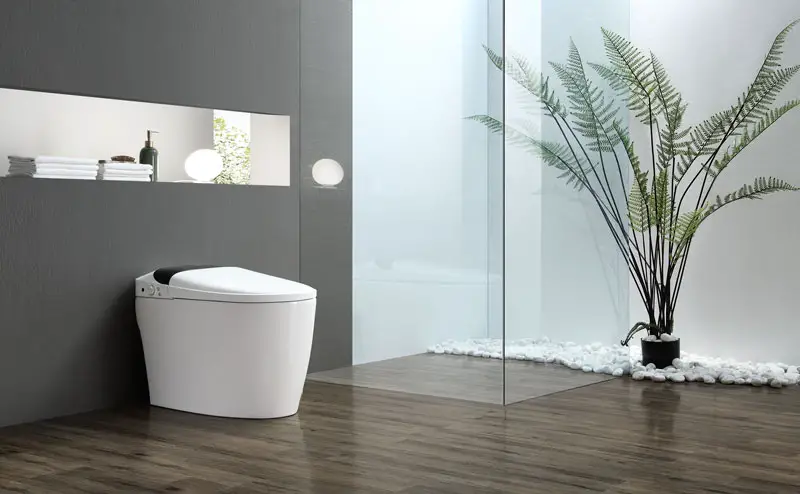
Credit: www.aliexpress.com
Explanation of What a Smart Toilet Is
A smart toilet is a technologically advanced toilet that offers various features designed to improve the user’s experience. These toilets often include features such as automated seat opening and closing, integrated bidets for personalized cleaning, automatic flushing, adjustable water temperature, heated seats, air drying capabilities, built-in speakers, ambient lighting, and air purifiers. Smart toilets use sensors and other technologies to provide a more efficient and comfortable bathroom experience while also being environmentally friendly. Some models can even analyze urine and stool samples to detect changes in health, making them a potential tool for monitoring certain medical conditions. Overall, smart toilets are designed to make using the bathroom easier, more hygienic, and more enjoyable.
Energy Efficiency Features of Smart Toilets
Smart toilets offer several energy-efficient features that help conserve energy, here are a few examples:
- Automatic Lid Closing – Many smart toilets come with a feature that automatically closes the lid after use, which helps to prevent heated air from escaping and keeps the toilet cleaner.
- Heated Seats and Water Temperature Control – Smart toilets often come with adjustable temperature controls for both the seat and the water used for cleaning. This feature allows users to conserve energy by adjusting the temperature to their desired level instead of keeping it at a constant high temperature.
- Eco-Friendly Lighting – Some smart toilets come equipped with eco-friendly LED lighting that is motion-activated, so it only turns on when someone is using the bathroom. The lighting is designed to be energy-efficient while still providing enough illumination for safe use in the dark.
Overall, these energy-efficient features help reduce the amount of energy required to operate the toilet, making smart toilets a more environmentally friendly option compared to traditional toilets.
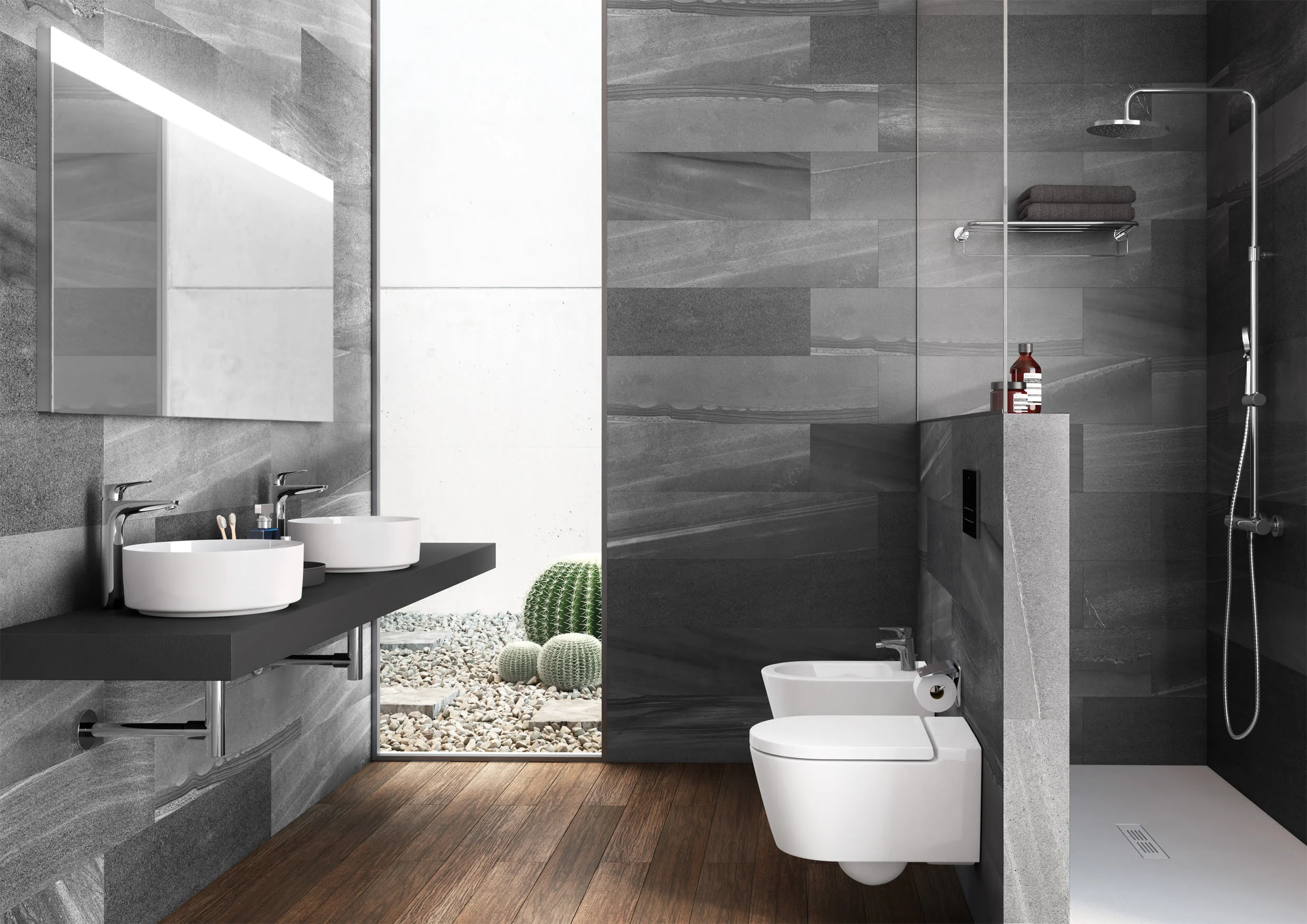
Credit: www.bathrooms.com
Hygiene Benefits of Smart Toilets and Their Environmental Impact
Smart toilets offer several hygiene benefits that can also have a positive environmental impact, here are a few examples:
Less Toilet Paper Use – Many smart toilets come with integrated bidet functionality that allows users to clean themselves more effectively without the need for toilet paper. This feature can help reduce the amount of toilet paper used by households, which in turn reduces the amount of waste generated.
Reduced Need for Harsh Chemical Cleaners – Smart toilets often come equipped with self-cleaning features such as UV lights or electrolyzed water, which disinfect the bowl and keep it clean without the need for harsh chemical cleaners. This not only reduces the number of chemicals used but also reduces the amount of plastic packaging from disposable cleaning products.
Smart Drain Technology – Some smart toilets utilize advanced drain technology that helps prevent blockages and clogs, reducing the need for chemical drain cleaners that can be harmful to the environment.
Overall, these hygiene benefits help reduce the amount of waste, chemicals, and energy required to maintain a clean and hygienic bathroom, making smart toilets a more environmentally friendly option compared to traditional toilets.
Environmental Impact of Smart Toilets
Smart toilets are the newest innovation in the world of bathroom fixtures. While they offer many benefits, such as improved sanitation and water conservation, they also have the potential to have a negative impact on the environment.
Smart toilets use an array of sensors and technologies to provide an enhanced bathroom experience. For example, they may feature motion sensors that activate flushing and lighting when someone enters the bathroom. They may also feature a heated seat, air drying, and night light. While these features are convenient, they do require electricity. This means that the use of smart toilets can contribute to an increase in energy usage, which can have a negative impact on the environment.
In addition, many smart toilets require the use of disposable filters and cartridges. These filters and cartridges can be difficult to dispose of properly, as they are not always accepted in the regular trash. When disposed of improperly, they can end up in landfills, where they may take a long time to decompose.
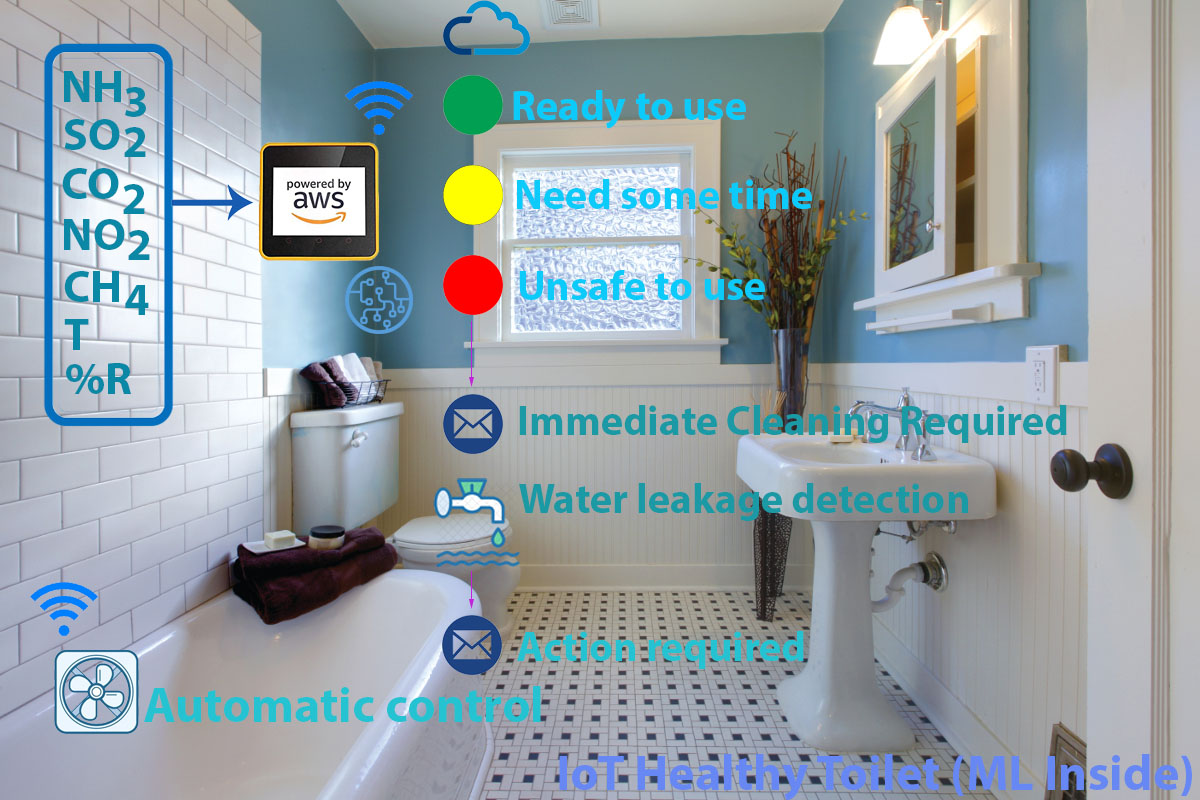
Credit: www.hackster.io
Benefits of Smart Toilets
The benefits of smart toilets are far-reaching and can improve the quality of life for both individuals and businesses. Smart toilets offer a range of features that can make bathrooms more efficient, comfortable and hygienic.
The first benefit of smart toilets is convenience. Smart toilets can be programmed to remember user preferences, such as a seat and water temperature, spray strength, and even the amount of water used per flush. This means that the user can quickly and easily customize the toilet to their preferences with the simple press of a button. Smart toilets also come with hygiene features, such as self-cleaning nozzles that help reduce the transfer of bacteria and germs.
Another benefit of smart toilets is energy and water savings. Smart toilets are designed to use less water than traditional toilets, which can help to save money on monthly water bills. Smart toilets can also detect when the water is running or when the seat is up, which helps to reduce energy costs.
Finally, smart toilets can add a touch of luxury to any bathroom. Smart toilets come in a variety of styles and colors and can be integrated with audio systems, night lights, and even heated seats. These features can help to create a more relaxing and enjoyable bathroom experience.
FAQs
How do smart toilets help conserve water?
Smart toilets offer several features that help conserve water, such as dual-flush options that allow users to choose between a low-flow flush for liquid waste and a high-flow flush for solid waste. Additionally, some models use sensors to detect when someone is present and adjust their flushing accordingly, preventing unnecessary water usage. These features can help reduce water usage and waste.
Are smart toilets more energy-efficient than traditional toilets?
Yes, smart toilets often come equipped with energy-efficient features such as automatic lid closing, adjustable seat and water temperature controls, and eco-friendly lighting. These features help reduce the amount of energy required to operate the toilet, making them a more environmentally friendly option compared to traditional toilets.
What impact do smart toilets have on the environment overall?
Smart toilets offer several environmental benefits, including reduced water usage, less need for harsh chemical cleaners, and energy-efficient features. Additionally, some high-end smart toilets have advanced features such as self-cleaning capabilities and built-in air purifiers, which can contribute to a cleaner and healthier indoor environment. Overall, smart toilets are designed with environmental sustainability in mind and can be a good choice for individuals looking to reduce their environmental footprint.
Conclusion
While there are certainly some concerns about the environmental impact of smart toilets, it’s clear that these high-tech fixtures have the potential to be more sustainable than traditional toilets. With their low water usage, energy-efficient features, and reduced need for harsh cleaning chemicals, smart toilets can help to minimize our impact on the planet. However, it’s important to consider the full lifecycle of these products, from manufacturing to disposal, in order to ensure that they truly meet sustainability goals. As with any appliance or technology, it’s up to manufacturers and consumers alike to prioritize environmental responsibility and make choices that support a healthier planet for all.
